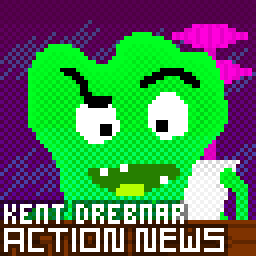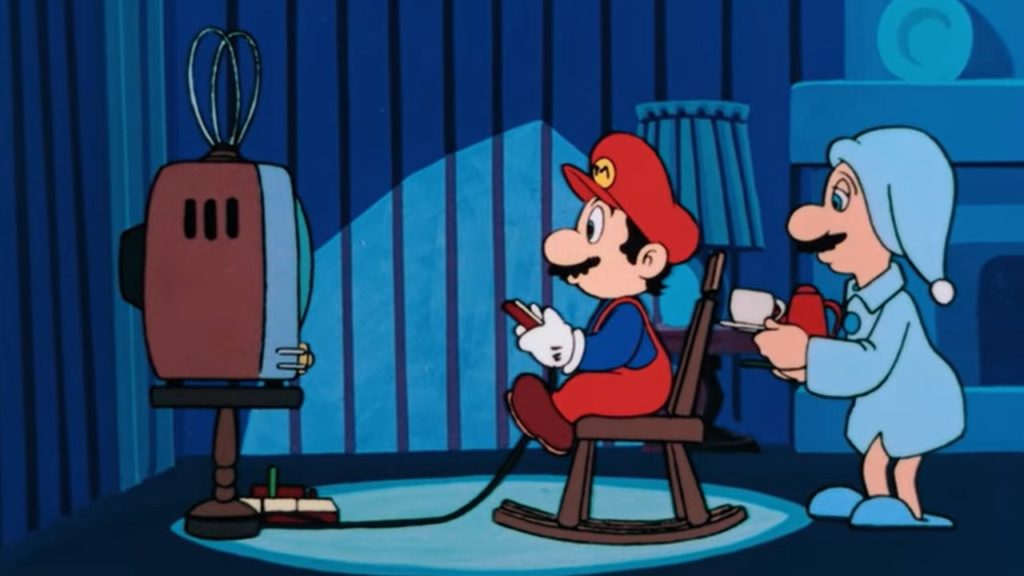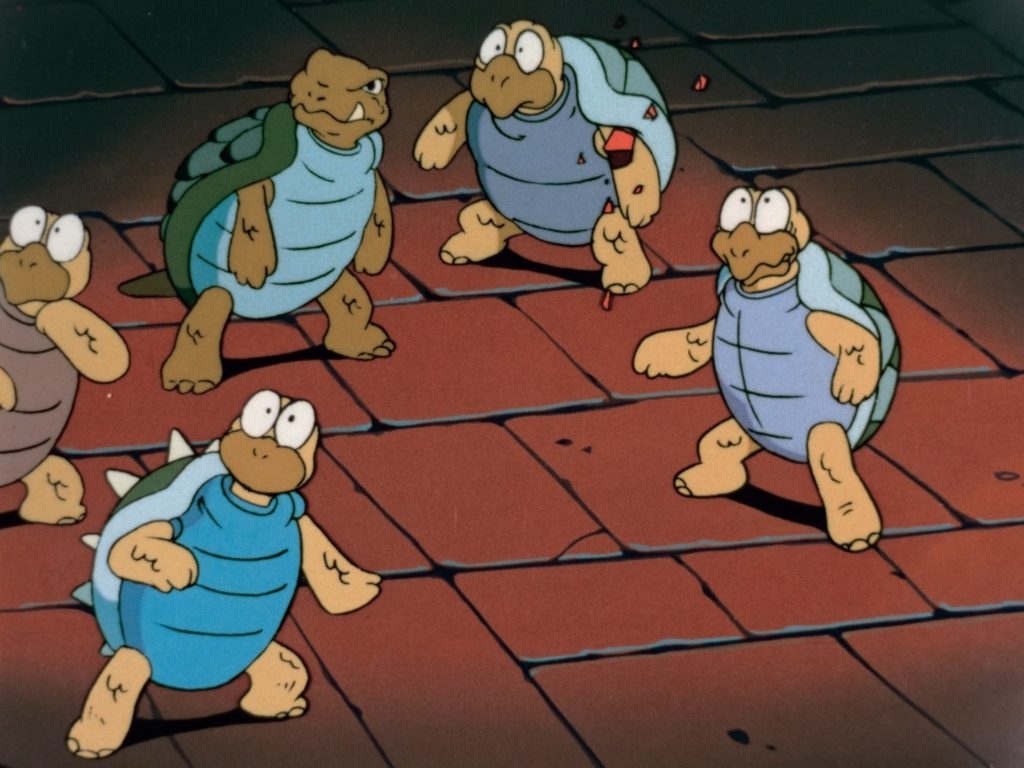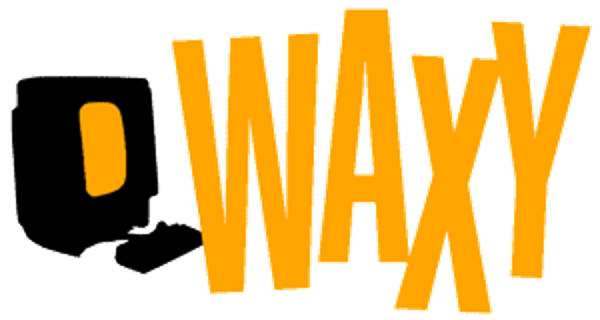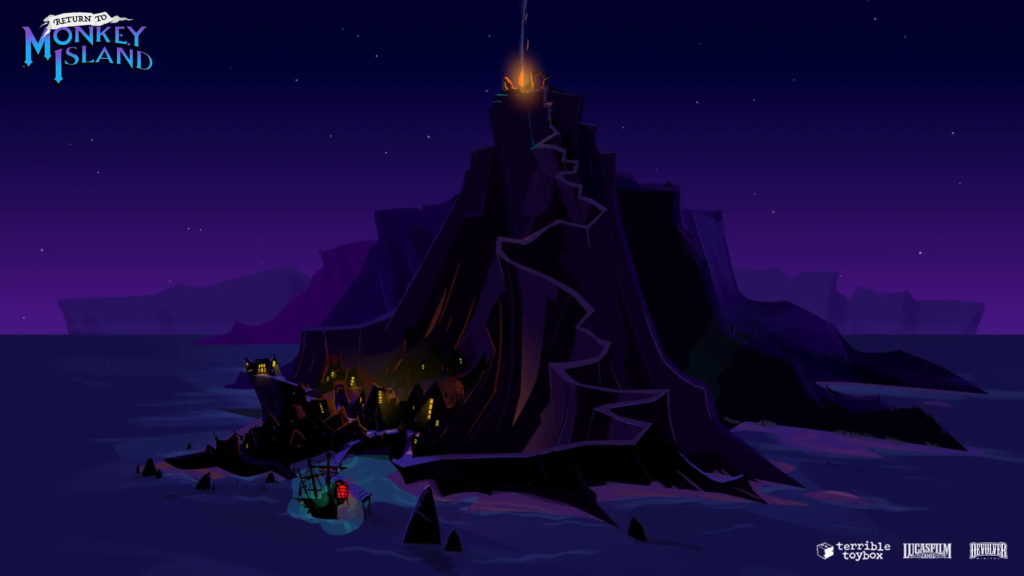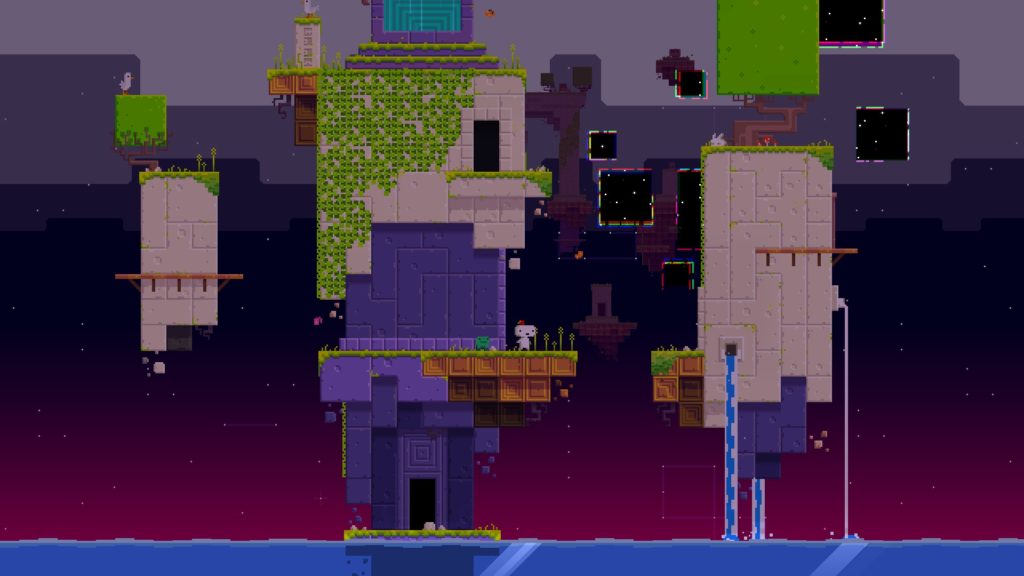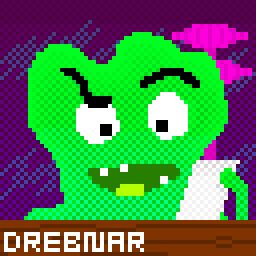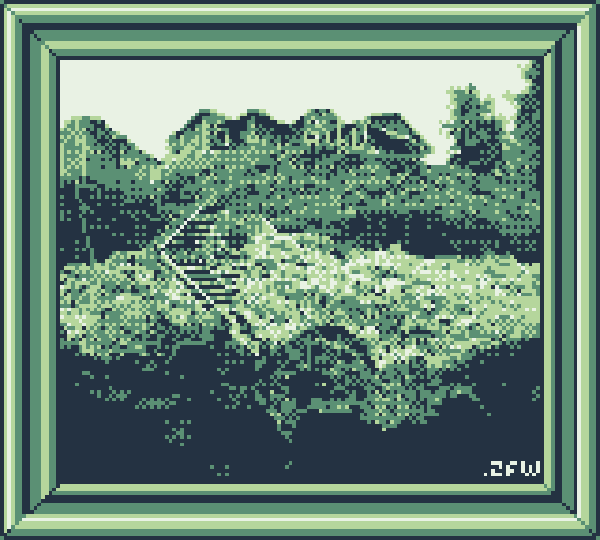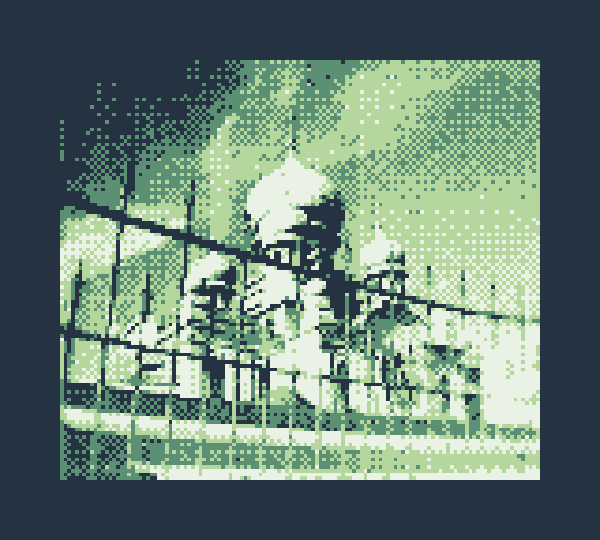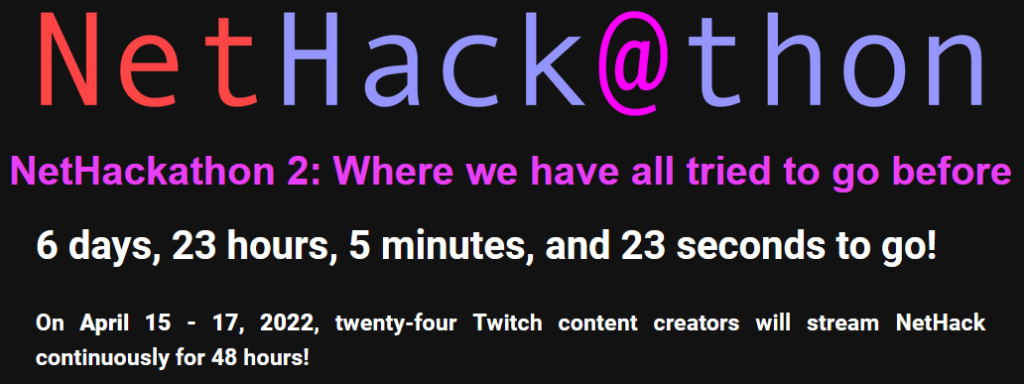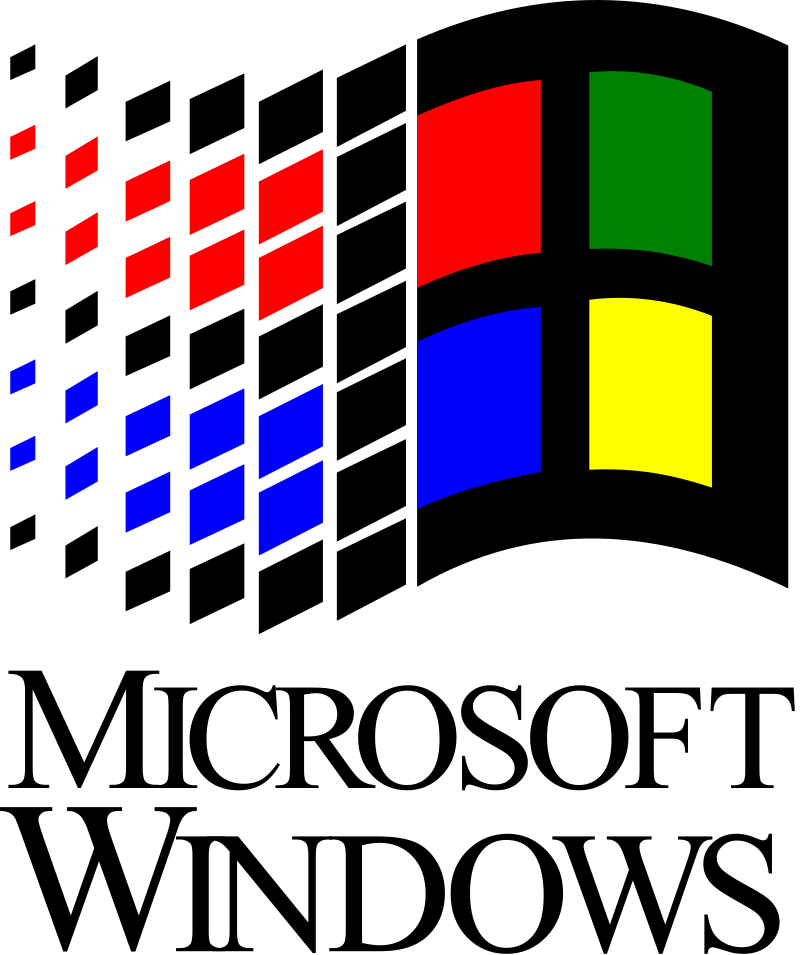Via cortex over on Metafilter, venerable blog waxy.org celebrated its 20th anniversary, and its maintainer Andy Baio marked the occasion with a collection of favorite posts from the past ten years. A few of these were game related:
Playfic (2012 post) is both an online Inform 7 compiler and runner, and a place to store the games you create with it. Inform 7 is a language for interactive fiction that compiles down to the old Infocom Z-machine. Inform 7 source code reads like written English, and is pretty awesome, although my own experiments with it demonstrate easily that, while it looks like you’re just writing text, its syntax is actually pretty exacting. Still, with a good reference in hand like the Recipe Book, you can make some pretty great things with it.
72 Hours of GamerGate (2014 post) dredges up a lot of painful memories of one of the worst moments for gaming culture. (So far?) It weaponized meme and chan culture and, in hindsight, it can be seen as a trial run for Trump’s internet-based presidential campaign, and we all know how that turned out. Andy Baio did some mathematical analysis of many of the accounts that were spreading #GamerGate and #NotYourShield hashtags and noticed that many of them were recently created.
Playing With My Son (2014 post) talked about Andy’s experiences introducing his then four-year-old son Eliot to video games, in chronological order according to the games’ release dates, starting with a Pac-Man Plug-n-Play TV unit and moving forward by generations until eventually, at the age of 8, he became possibly the youngest player ever to complete Hell in Spelunky. After that, he asked his father if he could get Nuclear Throne. That kid’s gonna go far.
Never Trust A Corporation (2015 post) remembers a time when Google seemed like it might redeem the idea of the Silicon Valley tech corporation. I still remember that ancient age, as it seems few now do. Google’s early strengths were not just the quality of its search results, but that it didn’t compromise them for money; nearly every other major search engine of the game, forgotten names Lycos, Excite, Infoseek, and AltaVista, accepted money from people to rank their sites higher in the results. There was even a thread of thought at the time that this improved results, because it showed sites cared about their content.
It was a Google night-and-day different from the company, now “Alphabet,” of today, that seems to care little for their original mission of organizing and presenting the world’s information. In contrast, there’s the Internet Archive, a non-profit that is now the standard-bearer of the Old Web, but also hosts thousands of old movies, videos, books, and even software titles, and usable in-browser through a special version of the emulator MESS. I worry frequently that something my some day happen to the Internet Archive, the world changes rapidly, and cyberspace, as we should all know by now, is ephemeral. Use it while it lasts, folks.
You Think You Know Me (2017 post) is a “conversational card game” invented by Andy’s wife Ami, which they took from idea to production and a Kickstarter in five months.
And then there’s Unraveling the Mystery of Visit Eroda (2019 post), investigating an ARG involving an ad campaign for an island that doesn’t exist, ultimate to promote Harry Styles album Adore You.
And Skittish (2021 post) is a game-like virtual event space for conferences, invented during the dark times of the pandemic.
